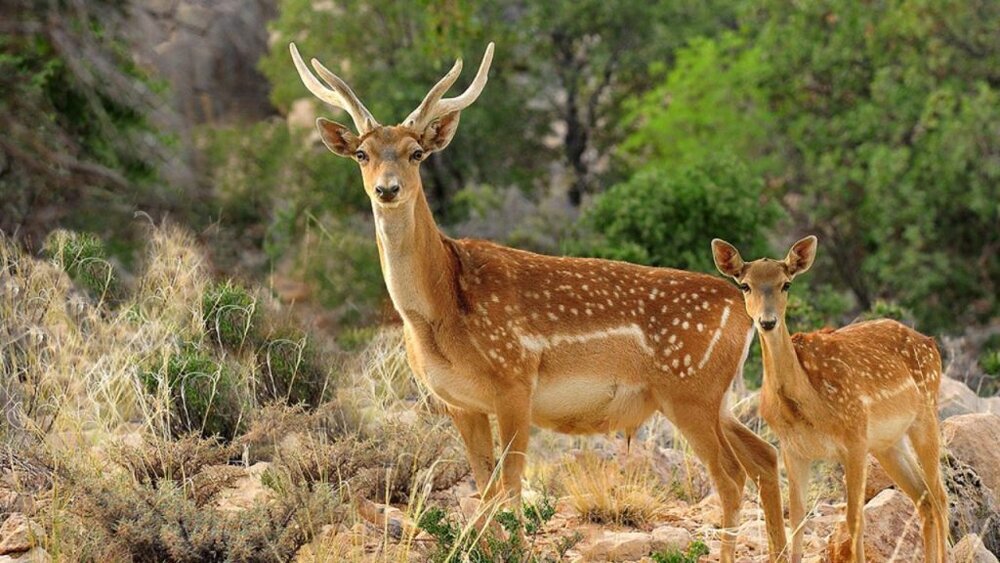Persian deer species breeding in East Azarbaijan

TEHRAN – A plan on conservation of Persian fallow deer and red deer is underway in Arasbaran forests in the northwestern East Azarbaijan province, the head of the provincial department of environment has stated.
Restoration plans for maral (the Iranian red deer) as an extinct animal species, started in East Azarbaijan in 1991 and 7 red deer were transferred from the northern Golestan breeding site to a site in East Azarbaijan, IRNA quoted Hassan Abbasnejad as saying on Sunday.
After increasing the population of marals, the area increased to 186 hectares and now this site hosts more than 26 red deer, he added.
The mountainous and green area of Inanloo is located in Kalibar city at an altitude of 1500 meters above sea level, which has been selected to breed marals due to its suitable vegetation and forests, he further noted.
Maral is one of the largest deer types that unfortunately their population has declined in the country. However, the red deer occur literally from the shores of the Caspian Sea to the high alpine meadows of the Alborz Mountains.
The mating of red deer begins in the second half of September each year and lasts for a month.
All programs for the revival of deer species have not been focusing on conservation, but only on reproduction.According to the latest monitoring in maral habitats during the mating season, the population of this species in Golestan National Park has been counted 612, which was recorded 540 years ago.
Road construction, land-use change and livestock overgrazing in the Hyrcanian forests, and, most importantly, the presence of poachers are among the main factors influencing the decline of the maral population.
Persian fallow deer
The main habitat of fallow deer in the country includes western and southwestern areas, but the declining trend in the number of these valuable species in the 1330s (falling on 1951-1961) led to measures to save them since the late decade.
For the past 60 years, the species are inhabiting protected areas, and the most important center for the reproduction of fallow deer is the semi-natural breeding site of Dasht-e Naz in the city of Sari, where in the last two years the population of the species has grown significantly.
Another habitat for the reproduction of valuable species is the Ashk Island of Lake Urmia, which has become a safe place to protect the species from extinction due to the difficult access of illegal poachers.
Persian fallow deer population in the Dasht-e Naz site has increased by about 60 percent, amounting to 53, in less than two years.
Conservation or reproduction?
Biodiversity expert Farshad Eskandari has said that so far the programs implemented for the revival of deer species have not been conservation programs, but only reproduction programs.
To reintroduce species to a natural habitat, three things must be considered including water, food, and opposing forces that may endanger species life. For example, in Ashk Island, in addition to the drying up of Lake Urmia, we encountered a large population of carnivorous animals, which affected the life of this species. So that, it is necessary to first eliminate the extinction factors and then introduce the species, he further explained.
Research has not been conducted on fallow deer or many other animals in the country, because wildlife studies are expensive and that is why research is scarce, he stated, adding, but now monitoring is of great importance, as we must determine that why the species population do not increase despite being in captivity.
As a result, lack of accurate information and constant monitoring are among the reasons that put this species at greater risk, he lamented.
FB/MG
Leave a Comment